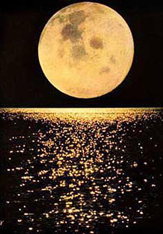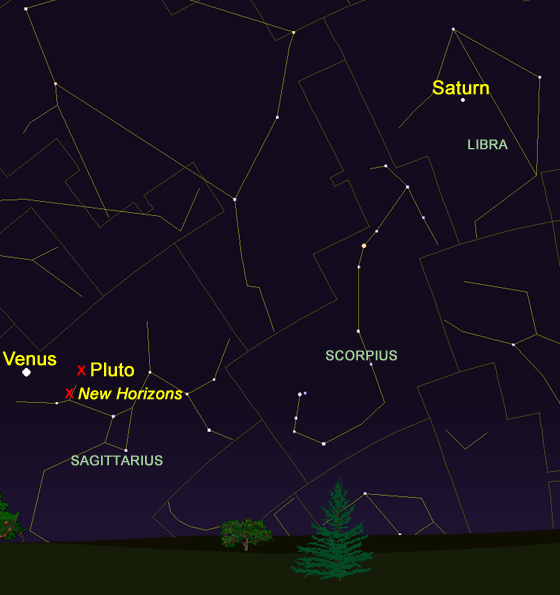 There will be a beautiful Full Moon out the night of Valentine’s Day this year. So take your Valentine outside that moonlit night and wish upon your star!
There will be a beautiful Full Moon out the night of Valentine’s Day this year. So take your Valentine outside that moonlit night and wish upon your star!
The stars are bright, and the night is still, and the river is singing by,
And many a face is upward turned to gaze at the moon’s bright eye.
North and south, from the forest deeps to the heart of the silver plain,
There’s many an eye will see no sleep till the east grows bright again;
There’s many a hand will toil to-night by shining land and sea.
O moonlight, bear my message of love to the heart that beats for me.
From “In the Moonlight” by David McKee Wright
While you’re looking at the Moon, look for the brightest ‘star’ you’ll see in the eastern sky after sunset. That’s the planet Jupiter, which is in the Name A Star Live constellation Gemini this month.
Did you know you can use the Moon to help identify constellations (areas of the night sky) like Aries, Taurus and Sagittarius? Follow us on Twitter where we Tweet what constellation the Moon is in each night. (Note that during certain times of the month, the Moon will not appear during the night hours, and so we do not Tweet info about the Moon at those times of the month.)

If you’re an early bird, go outside shortly before sunrise and face southeast. The bright ‘star’ you’ll see — the “morning star” — is the planet Venus, which is in the Name A Star Live constellation Sagittarius this month. Although you won’t be able to see it with your naked eye, the planet Pluto also lies in Sagittarius. NASA’s New Horizons spacecraft is there too. The spacecraft carries a portion of the cremated remains of the famous astronomer Clyde Tombaugh, who discovered Pluto in 1930. Your star name will be on another NASA deep space mission — called “Sunjammer.” On board will be the cremated remains of everyday people. That’s being arranged by our sister company, “Celestis.” Click here for information about your star name on Sunjammer, and here for information about Celestis and Sunjammer.
Finding your star in the night sky
Stars are located within constellations, which are just areas of the night sky. Scorpius, Aries and Taurus are examples of constellations. Your Name A Star Live Star Certificate displays the name of your constellation. You can use our online World Constellation Guide to determine if you can see your constellation during the evening hours (between sunset and midnight). Of course, you’ll need a telescope to see your star. But you can see your constellation without the use of a telescope. You can also find your constellation by using our Virtual Planetarium™ astronomy software. A planisphere is another useful device.